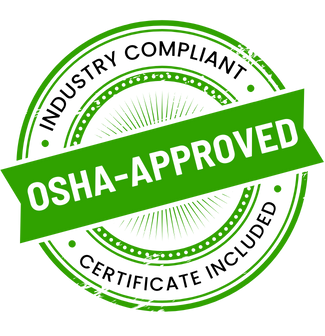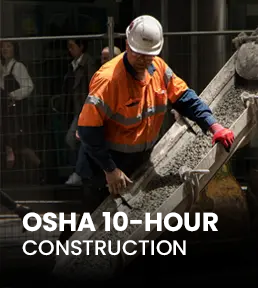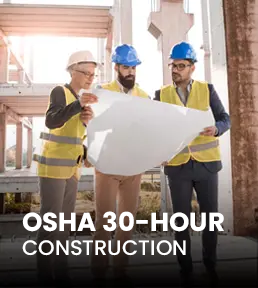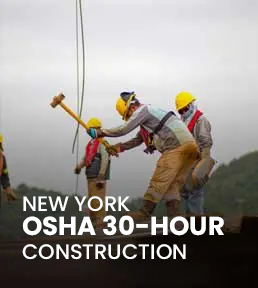What control measures are recommended for carbon monoxide hazards?
Control measures for carbon monoxide hazards include regular maintenance of fuel-burning appliances, proper ventilation of enclosed spaces, installation of CO detectors, and ensuring compliance with safety regulations. Employers should implement monitoring programs, conduct risk assessments, and educate employees on safe practices to minimize CO exposure risks effectively.
Who should undergo Carbon Monoxide Safety Training?
Carbon Monoxide Safety Training is essential for anyone working with or around fuel-burning equipment, such as maintenance personnel, HVAC technicians, and firefighters. It is also beneficial for property managers, homeowners, and anyone responsible for maintaining indoor air quality and safety.
What is included in the Carbon Monoxide Awareness Training?
The Carbon Monoxide Awareness Training in Spanish covers essential information about carbon monoxide (CO), including its sources, health effects, and methods to prevent exposure. Participants learn to recognize symptoms of CO poisoning and understand the importance of early detection and response. The training emphasizes safety protocols and control measures to mitigate CO hazards effectively.
What are the benefits of obtaining a Carbon Monoxide Awareness Certificate?
Obtaining a Carbon Monoxide Awareness Certificate demonstrates your knowledge and competency in recognizing, mitigating, and responding to CO hazards. It enhances workplace safety by equipping you with skills to protect yourself and others from CO exposure, making you a valuable asset in environments prone to this silent but deadly gas.
What are some carbon monoxide safety tips for the workplace?
For Carbon monoxide safety tips, it is important to ensure proper ventilation in enclosed spaces, regularly inspect fuel-burning appliances, install CO detectors, and educate employees on the symptoms of CO poisoning. It's crucial to have emergency protocols in place and train personnel on how to respond to CO incidents promptly and effectively.
What are the Carbon monoxide hazards and control measures?
Carbon monoxide (CO) is a colorless, odorless gas produced by incomplete combustion of carbon-based fuels such as gas, oil, coal, and wood. It poses serious health risks as it can be inhaled without detection, leading to symptoms like headaches, dizziness, and even death in high concentrations. To mitigate CO hazards, regularly inspect and maintain heating systems, chimneys, and flues. Install and maintain carbon monoxide detectors in key areas. Educate personnel on recognizing symptoms of CO poisoning Conduct periodic training and audits to ensure compliance with safety standards and regulations.









